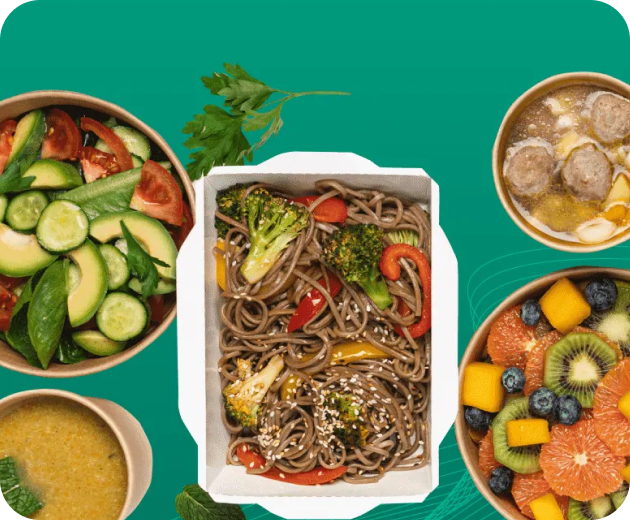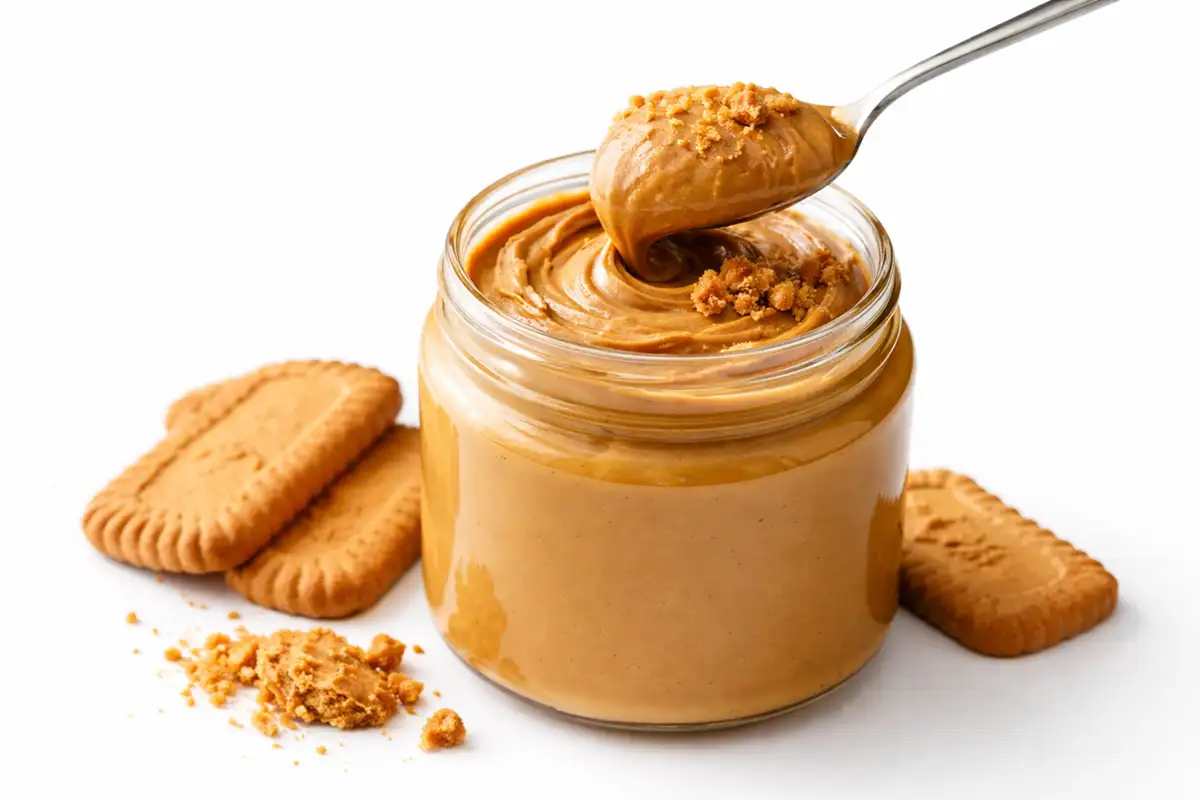Gen Z Food Trends: What’s Cooking in 2026?
Born between 1997 and 2012, Gen Z is now a major force shaping food culture, with Gen Z food trends influencing everything from flavours and formats to how food is marketed and shared online. Their digital-first habits and openness to bold, diverse tastes are changing the way people eat and discover new products.
From creative snack packaging to purpose-driven campaigns, this generation is pushing food brands to rethink innovation and connect more authentically with younger audiences.
Gen Z’s Food Trends Influence on Food Marketing
Savvy food brands are rethinking their marketing approach to align with Gen Z food trends and capture the attention of younger consumers.
These digitally native audiences value authenticity and cultural relevance, responding far more to storytelling and purpose-driven branding than to traditional advertising.
Examples of Success:
- Limited Drops: Brands like Oreo have mastered creating scarcity by launching exclusive, limited-edition flavors, such as “Blackout Cake.”
- Meme Marketing: Fast food icons like Wendy’s leverage bold humor and pop culture references, giving them viral potential on platforms like Twitter and TikTok.
- Creator Partnerships: Dunkin’s collaboration with influencer Charli D’Amelio to launch “The Charli” drink exemplifies how engaging influencers can create long-lasting brand affinity.
Micro-Trends That Stand Out
Micro-trends like “butter boards” or viral pasta recipes thrive thanks to their ease of replication. The key lies in their authenticity, cultural relevance, and shareability among Gen Z audiences.
Top Social Platforms Driving Food Trends
Social media platforms have become Gen Z’s go-to source for food inspiration and discovery. Each platform plays a unique role in driving what’s hot in kitchens and restaurants nationwide.
| Platform | Role in Food Discovery (2025) | Gen Z Usage |
|---|---|---|
| TikTok | Dominates with snack hacks and viral recipes (e.g., cottage cheese creations) | 74% |
| YouTube Shorts | Highlights immersive food stories and how-tos | 56% |
| Instagram Reels | Captures aesthetic food trends and sustainable storytelling | 48% |
| Threads | Taps into values-driven discussions | 32% |
| Reddit & Discord | Nurtures recipe exchanges and deep dives into sourcing/local ingredients | 22% |
Whether it’s TikTok’s focus on fast, visual storytelling or Reddit’s rich discussions, Gen Z finds food inspiration in different ways across platforms.
Flavor & Ingredient Preferences in 2026
Trending Ingredients
Gen Z’s taste buds lean toward adventurous and functional offerings. Here are the top ingredients inspiring innovation in 2026:
- Bold Flavors like yuzu, black garlic, and miso caramel reflect a love for global cuisines.
- Functional Foods like protein-rich ice creams, sea moss, and adaptogenic beverages tie into Gen Z’s focus on health.
- Diet Diversity is evolving further through plant-based proteins and non-alcoholic adaptogen mixers.
Culinary Mashups
Creative fusions such as Korean-Mexican tacos or Middle Eastern cuisine blended with Western street food formats are also rising. Global breakfast reinventions, like shakshuka-inspired bagels, capture the playful but authentic palate of Gen Z.
Ingredient Popularity Breakdown (Q1-Q2 2025):
(Placeholder Visual)
Comparison of Taste Profiles
| Category | Gen Z | Millennials |
|---|---|---|
| Adventurous Flavors | High (love bold, global varieties) | Moderate (prefer safer flavor profiles) |
| Functional Benefits | High (seeks health + taste combinations) | Medium |
| Nostalgic Foods | Medium | High |
Gen Z’s willingness to try new things sets them apart, though both generations still come together over simple pleasures like comfort food.
How Gen Z’s Values Shape Food Innovation
Gen Z doesn’t see food as just nourishment; it’s an expression of their identity, values, and aspirations. Major themes shaping food innovation include:
- Sustainability: This generation champions regenerative agriculture, compostable packaging, and upcycled ingredients.
- Transparency: From clean labels with zero fluff to sourcing accountability and ethical labor practices, trust is critical.
- Well-being: Foods that support gut health, improve mood, or balance indulgence with nutrition are top priorities.
- Social Identity: For Gen Z, food is a medium for activism and community. They share dishes that align with their values, whether tied to environmental justice or social good.
What Food Brands Need to Do Now
To stay relevant with Gen Z, brands need to innovate boldly while staying authentic. Here’s how:
- Blend Functionality with Fun: Highlight unique benefits, but keep packaging and messaging playful to avoid appearing overly clinical.
- Collaborate meaningfully: Partner with creators whose communities align with your brand ethos. Consumers see through superficial sponsorships.
- Prioritize Shareability: Think visually appealing products (rainbow dumplings, unusual ice cream flavors) or provocative campaigns that spur dialogue online.
- Celebrate Dietary Inclusivity: Design versatile menus/products that cater to a wide array of dietary needs, including plant-based, gluten-free, and cultural preferences.
FAQs
Protein-packed snacks, mood-boosting drinks, and fusion favorites like Korean-Mexican tacos are leading the charge.
Demanding transparency, sustainability, and culturally rich flavors, Gen Z drives real-time food trends thanks to their online-savvy nature.
TikTok reigns supreme, followed by YouTube Shorts and Instagram Reels. Each platform serves as a hub for recipe ideas, product inspiration, and influencer impact.
Adaptogens, miso, yuzu, black garlic, and bold new proteins are dominating, thanks to their blend of flavor and function.
Be innovative, visual, and aligned with their values. Work with the right creators, offer bold formats, and show a genuine commitment to sustainability.
Many believe Gen Z faces challenges like financial stability, work-life balance, and access to affordable, sustainable food options.
Gen Z is known as the foodie generation due to their love for experimenting with diverse cuisines, pushing food trends, and valuing sustainability and authenticity in food.
Gen Z snacks include protein-rich options, functional foods like adaptogenic granola bars, plant-based treats, and globally-inspired flavors like kimchi chips or miso caramel popcorn.




